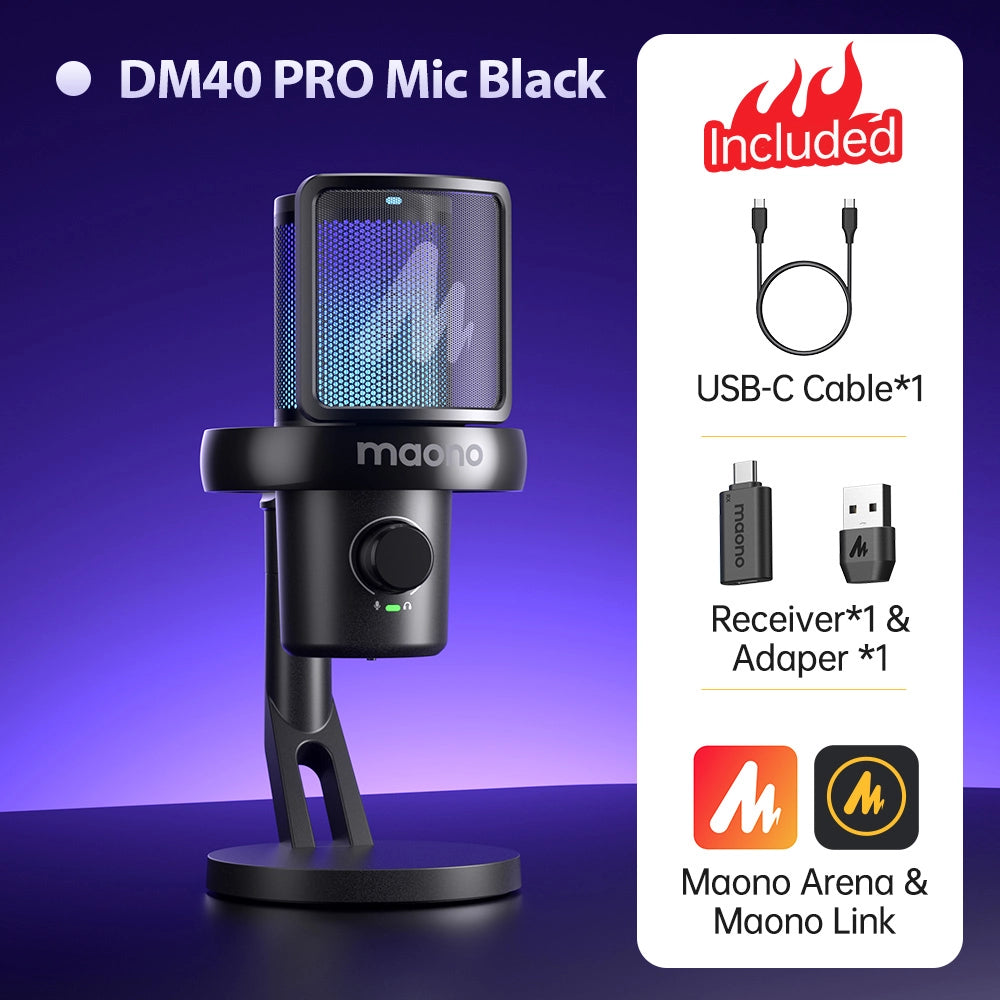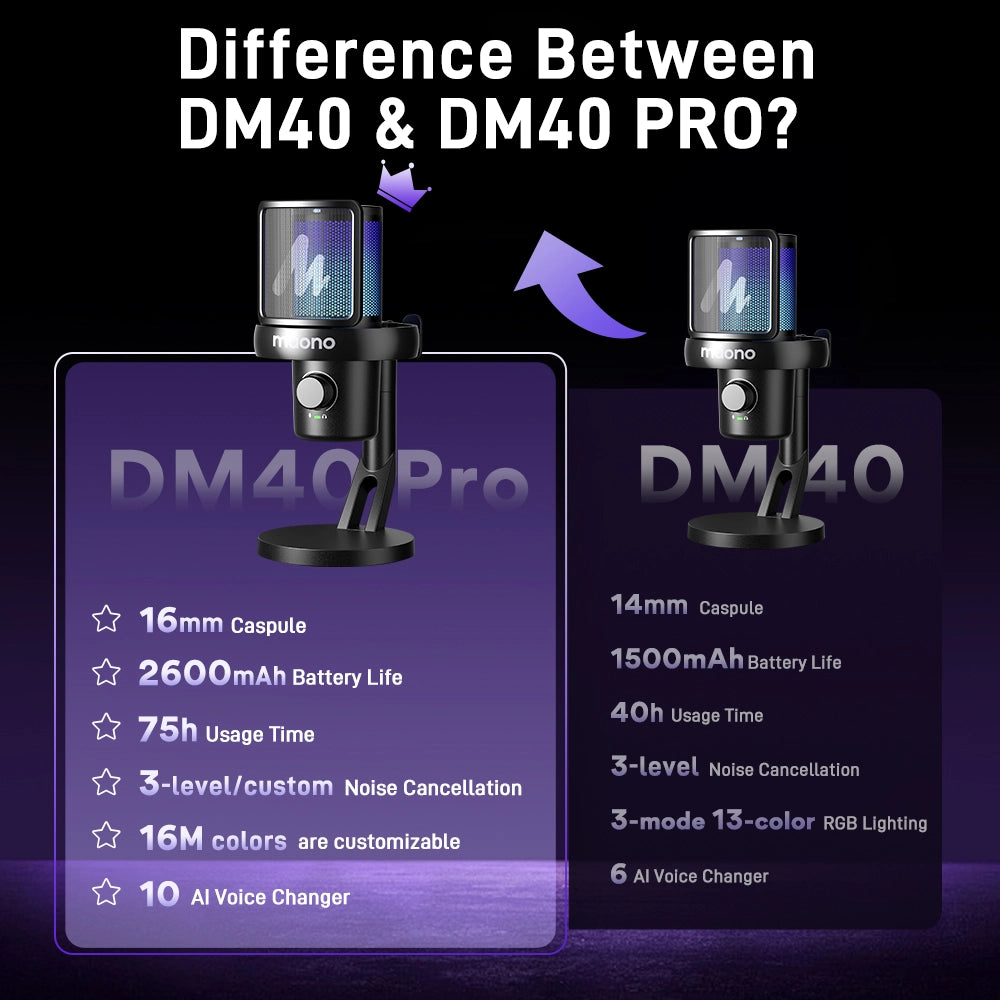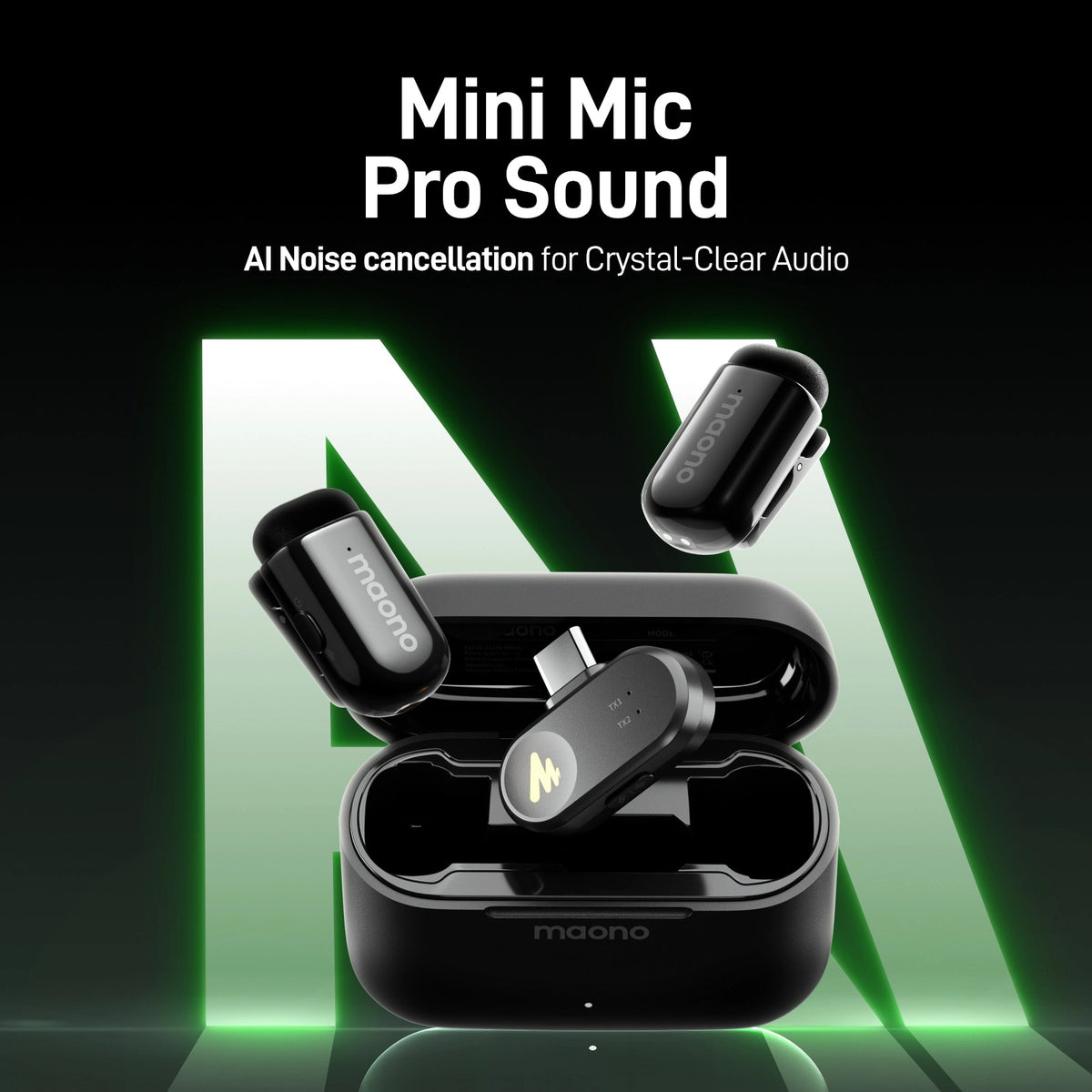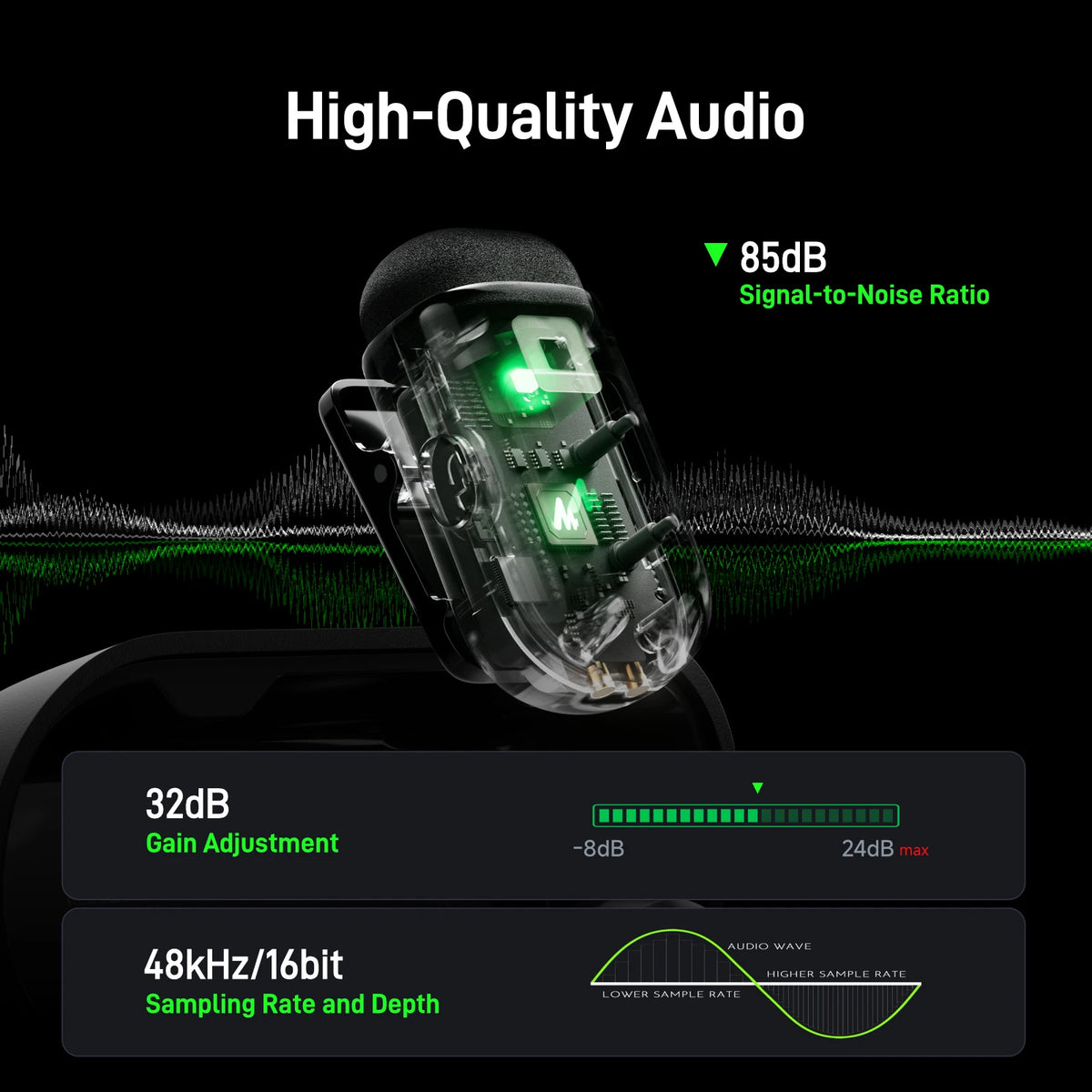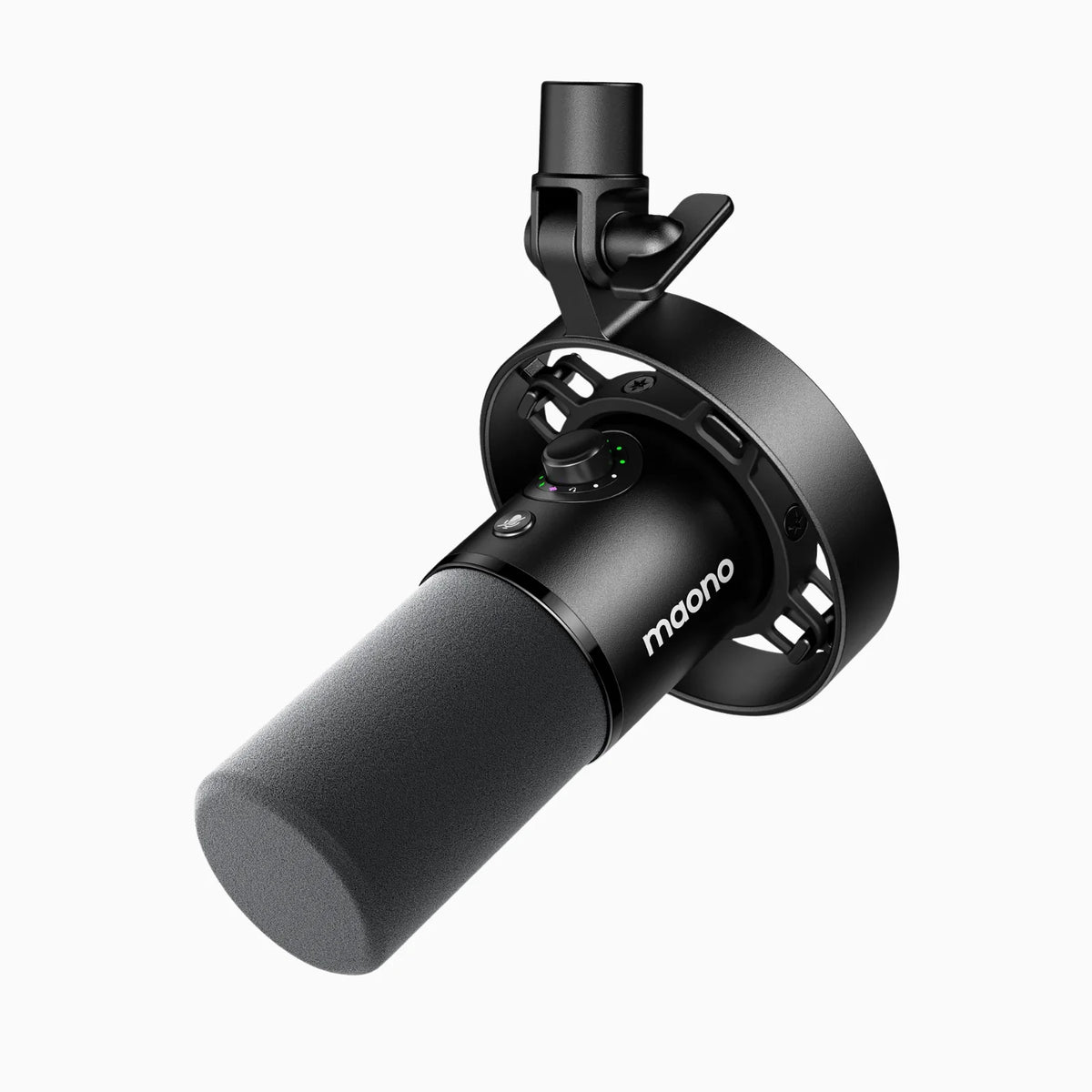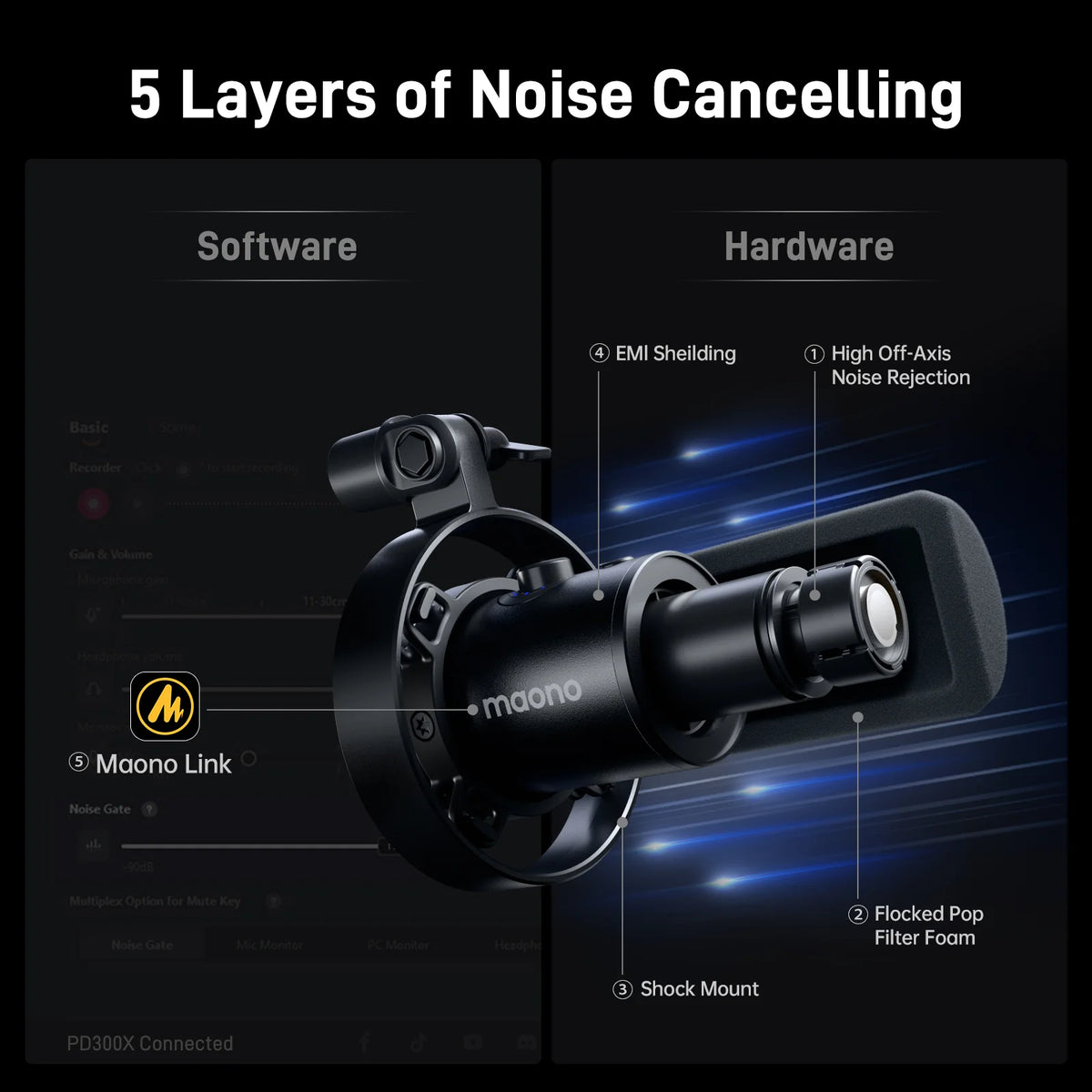According to data released by the World Health Organization (WHO) of the United Nations
on the 12th, about 1.1 billion young people (between 12 and 35 years old) are facing an
irreversible risk of hearing loss, and the volume of personal audio equipment is too large
(such as using mobile phones to listen to music) is an important cause of risk.
According to the WHO, about half of the world's young people are using a mobile phone and
other devices to listen to music at a higher volume than safe. WHO Director-General Tan
Desai said that hearing loss is often irreversible. In the case of human beings having
sufficient techniques and knowledge to protect hearing, many young people should not be
exposed to hearing loss simply because they listen to music.
On the same day, WHO and the International Telecommunication Union (ITU) jointly issued
the Recommended Guidelines for the Use of Personal Audio Equipment (WHO-ITU
Guidelines), including the addition of volume and duration monitoring functions on audio
equipment, the addition of parental control volume functions, and the use of technical means.
Analyze whether people's habits of using audio equipment are safe. According to the WHO,
about half of all hearing loss cases can be intervened through public health measures.
The WHO-ITU guidelines were developed under the WHO “Hearing Safety” initiative, which
seeks to improve the listening habits of people, especially young people.
Based on the latest research data, experts from WHO and the International
Telecommunication Union have conducted discussions with multinational governments,
producers, consumers and civil society organizations, and have developed WHO-ITU
guidelines for two years. WHO recommends that governments and producers adopt the
guidelines on a voluntary basis.











